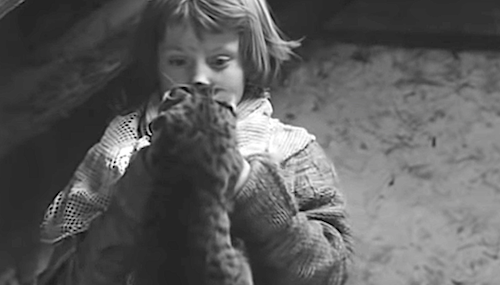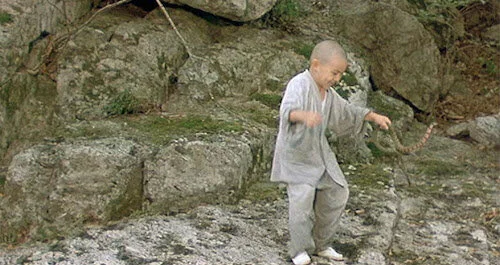The Unfortunate Truth of Animal Cruelty in Film
Sátántangó.
Luckily, no recent film (that I can think of) has been the root source for this article. However, as I keep going back in time with the Films Fatale decades project (where we list the best one hundred films of each decade), I cannot help but have this nagging concern in the back of my head a lot of the time. I’ve always known this, ever since I studied film and saw Sergei Eisenstein’s Strike! on the big screen as a teenager, that film has a certain problem. To varying degrees, film history and film art is impossible to separate from the abuse of animals. As an appreciator of art, I understand the need to challenge viewers, express sentiments, and go the distance. As an animal lover myself, I cannot bring myself to justify the sacrificed lives of others, or the torture of innocent beings.
The biggest issue I have is that there seems to be a completely bastardized view of all of this when it comes to dedication to a film. An actor or actress can exercise their freedoms and personal decisions to lose weight, want to actually be punched during a fight, or whatever other forms of method acting they so choose. Animals aren’t given these choices. They’re used against their will to fulfil a shot, even to their detriment or at the cost of their lives. In a film like Sátántangó, a young child’s misery is mirrored by the ways she torments her pet cat (like society does to her). Even though there are reports that the cat was treated fine and not actually murdered, does that have to be where the line is drawn (especially since I am dubious as to how well the clearly distraught cat was treated, for super long takes)?
Apocalypse Now.
The girl could have a say in the matter. Does she want to act upset and void of life when she accepts death? The cat being tossed around, forced to drink milk, and bagged up in a net doesn’t have a say. Filmmakers assume that a lack of refusal means that this is okay. I’d beg to differ. Why can people act and animals have to live these scenes? Of course, you might say that animals can’t act, and that’s a whole different discussion for another day. That also isn’t my point. My point is that lives shouldn’t be sacrificed for art. Accidents are terrible but those aren’t intended. Purposefully harming or murdering animals is a choice that is made, and it’s inexcusable, whether it’s putting a dog through a difficult scenario (A Dog’s Purpose), or countless horses are killed because they’re worn out and deemed unfit for a shoot (Ben-Hur).
Since social media has shed light on many hidden misdeeds, the topic of animal abuse in films has arisen enough on current productions, which deters filmmakers from wanting to partake in such decisions, and that’s great. The more that filmmakers opt to protect animals when needed in films (or use CGI instead), the better. However, if you wish to be a cinephile and not stumble upon at least the slightest instances of the mistreatment of animals, you’re going to be sorely mistaken. In blockbusters, animals are swapped out and used for many takes, placed in unfavourable shoots, and recycled until they have to do this all over again. In art house and experimental works, animals can be used metaphorically, even if it ends up in their death on film. In independent productions, there sometimes isn’t a big enough budget to use effects and clever editing, so an animal may have to go through more than it should even then.
Spring, Summer, Fall, Winter... and Spring.
Now for the big pill to swallow: so many excellent films feature animal abuse. You’ll find on our decades lists that a number of films featured have instances where an animal was put through discomfort, or was even killed. All of the images are from films that feature animal abuse, and they all ranked highly on their respective decades’ lists. I’ve just had to learn to distance myself from this side of myself when watching films as a film connoisseur. I never forget how I truly feel, and it does bother me every single time (whether a fish is being tied to a rock and struggles to swim, or a cow is decapitated). Animal mistreatment doesn’t even have to go that far: animals doing anything against their will is enough.
I understand art, and know why some filmmakers choose to make these statements. I understand business, and I get why these practices benefit a busy, hectic set and schedule. I understand entertainment, and see why filmmakers want animals in their films at all, even if it comes with stipulations. I just don’t agree with how all of this goes, and I don’t have to. I can appreciate these films, whilst having a part of me that will forever disdain the harming of animals. I’ve had to, considering far too much of film history has partaken in it. I’d like to think we know better now, and have the means to never have to go back to where we were again.
Andreas Babiolakis has a Masters degree in Film and Photography Preservation and Collections Management from Ryerson University, as well as a Bachelors degree in Cinema Studies from York University. His favourite times of year are the Criterion Collection flash sales and the annual Toronto International Film Festival.





